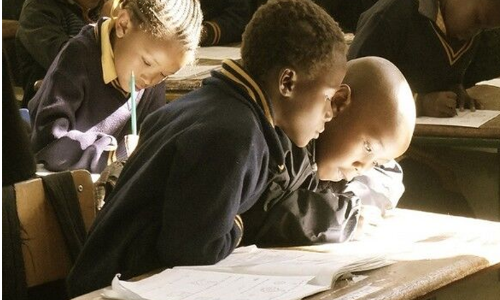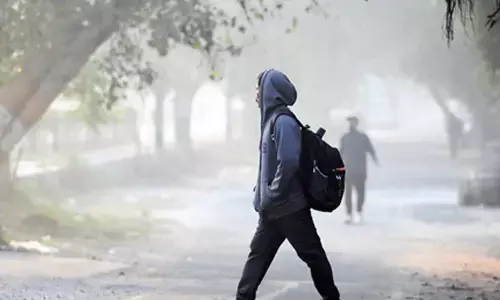How integrating arts to science can help struggling students learn better

Integrating arts to teach science seems to help low achieving students understand and remember more and help comprehend the curriculum better
Integrating arts to teach science seems to help low achieving students understand and remember more and help comprehend the curriculum better.
The study, done by Johns Hopkins University, was published in Trends in Neuroscience and Education, and shows that the arts (rapping, dancing, and drawing) improve students' academic outcomes and memory.
In the study, experts sought to determine whether an arts-integrated curriculum had any direct effects on learning, specifically students' memory for science content.
"Our study provides more evidence that the arts are absolutely needed in schools. I hope the findings can assuage concerns that arts-based lessons won't be as effective in teaching essential skills," said study author Mariale Hardiman.
However, it remains unclear whether general exposure to the arts, adding arts to lesson plans, effective instruction, or a combination of all are responsible for these benefits.
"When we talk about learning, we have to discuss memory. Children forget much of what they learn and teachers often end up re-teaching a lot of content from the previous year. Here we're asking, how exactly we can teach them correctly to begin with so they can remember more?" said Hardiman.
Throughout the 2013 school year, 350 students in 16 fifth grade classrooms across six Baltimore, Maryland schools took part in the study. Students were randomly assigned into one of two classroom pairs: astronomy and life science, or environmental science and chemistry.
The experiment consisted of two sessions, each lasting three to four weeks, in which students first took either an arts-integrated class or a conventional class. In the second session, students received the opposite type of class; thus, all students experienced both types and all eleven teachers taught both types of classes.
Examples of activities in the arts-integrated classes included rapping or sketching to learn vocabulary words, and designing collages to separate living and non-living things. These activities were matched in the conventional classrooms with standard activities such as reading paragraphs of texts with vocabulary words aloud in a group and completing worksheets.
The research team analysed students' content retention through pre-, post-, and delayed post-tests 10 weeks after the study ended, and found that students at a basic reading level retained an average 105 per cent of the content long term, as demonstrated through the results of delayed post-testing.
The researchers discovered that students remembered more in the delayed post-testing because they sang songs they had learned from their arts activities, which helped them remember content better in the long term, much like how catchy pop lyrics seem to get more and more ingrained in your brain over time They found that the traditional instruction seems to perpetuate the achievement gap for students performing at the lower levels of academic achievement.
They also found that students at advanced levels of achievement didn't lose any learning from incorporating arts into classrooms, but potentially gained benefits such as engagement in learning and enhanced thinking dispositions.
Let’s hope that the educators will understand this research and use it to expand the understanding of the curriculum in students, if they use arts and integrate it in schools.
















